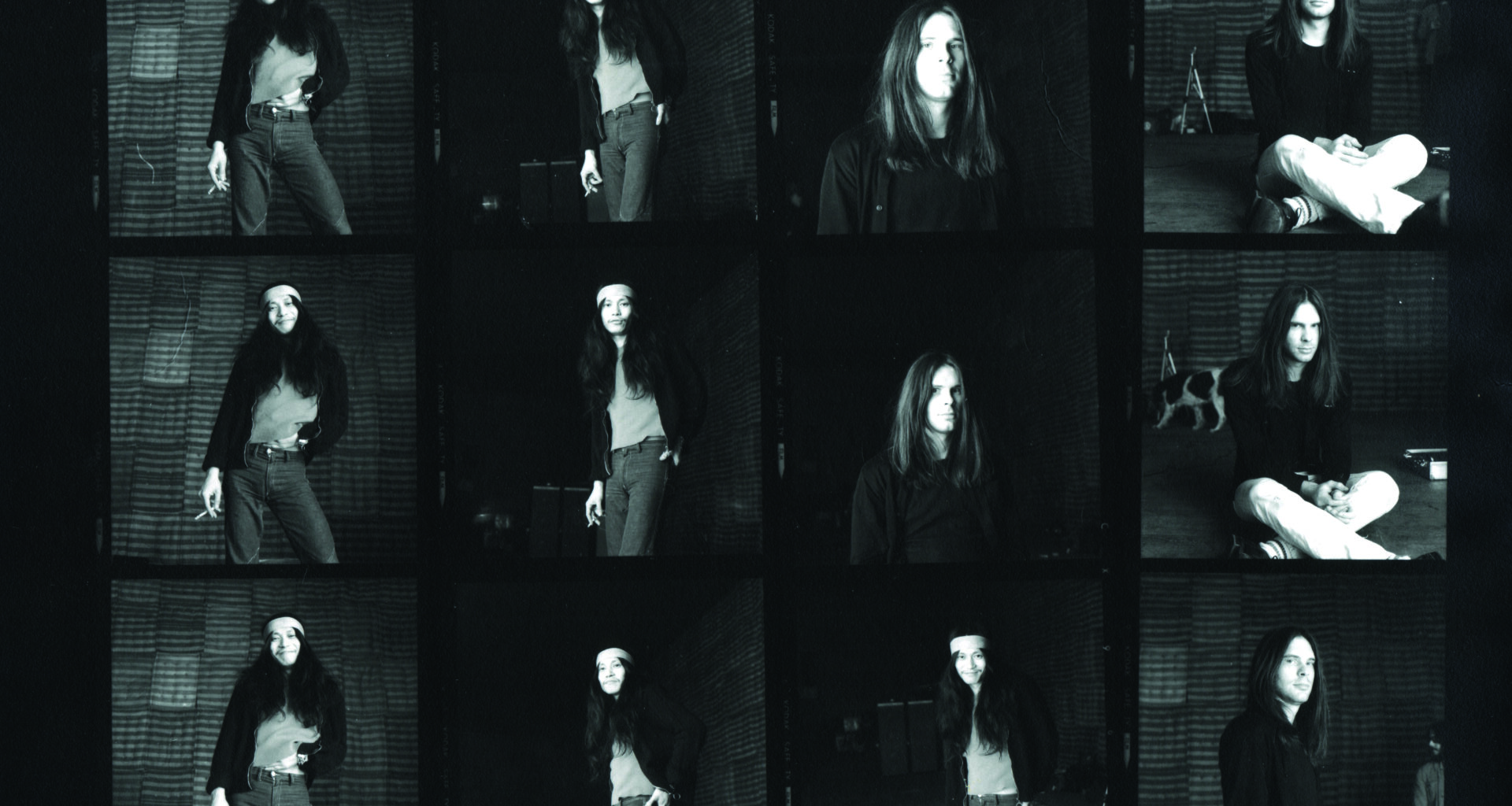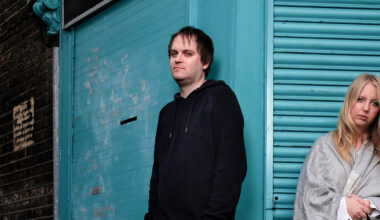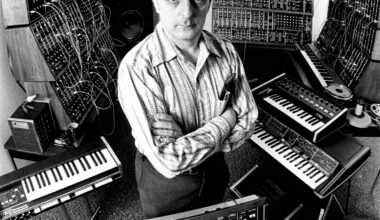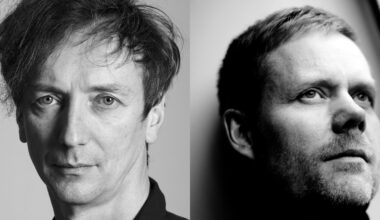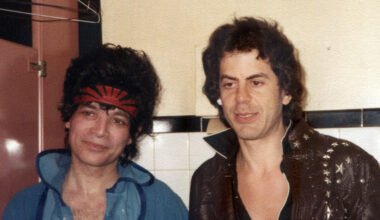A vault of Can live recordings has been jemmied open for a series of exciting new releases, starting with ‘Live In Stuttgart 1975’. Irmin Schmidt, the band’s instigator and sole surviving core member, talks about the unique onstage experience of Germany’s ur-band
Want to read more?
Sign up to Electronic Sound Premium to gain access to every post, video, special offers, and more. 100%, all you can eat, no commitment, cancel any time.
Already a premium member? Log in here
